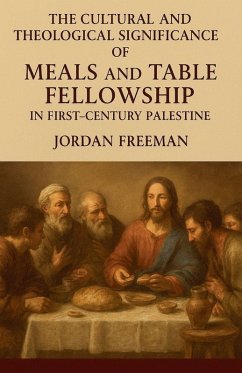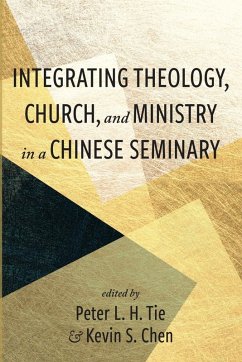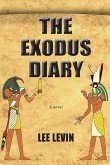This groundbreaking book invites readers on a captivating journey through the dining rooms, banquet halls, and humble kitchens of first-century Palestine, revealing how the seemingly ordinary act of breaking bread carried extraordinary cultural and religious significance. From lavish Herodian banquets to simple village suppers, from Passover seders to the Last Supper, meals served as powerful theaters where religious identities were expressed, social boundaries were negotiated, and theological convictions became embodied experiences. Drawing on archaeological discoveries, ancient texts, and anthropological insights, this book vividly reconstructs how different communities approached the dining table. We witness Pharisees meticulously maintaining purity at their meals, Essenes dining in solemn hierarchical order, and Jesus shocking his contemporaries by sharing table fellowship with tax collectors and sinners. The seemingly innocuous question of "who eats what with whom" emerges as a profound window into the cultural tensions and religious innovations of this pivotal era. Readers will discover how stone vessels preserved ritual purity, how seating arrangements encoded social status, and how blessing prayers transformed ordinary bread into vehicles for divine connection. The book explores how meal practices both united and divided-serving simultaneously as expressions of cultural identity and opportunities for boundary crossing-all against the complex backdrop of Roman imperial rule. This accessible yet scholarly work illuminates not only what ancient people ate, but how they ate it-the social customs, religious rituals, and theological meanings encoded in every shared meal. In doing so, it offers fresh perspective on the origins of Jewish and Christian traditions while revealing timeless insights into how communities express their deepest values through the universal experience of sharing food. For anyone interested in biblical studies, ancient history, religious rituals, or the cultural significance of food, this book offers a feast of insights into how ordinary dining tables became extraordinary stages where the sacred and secular, the divine and human, came together through the simple yet profound act of breaking bread in community.
Bitte wählen Sie Ihr Anliegen aus.
Rechnungen
Retourenschein anfordern
Bestellstatus
Storno








